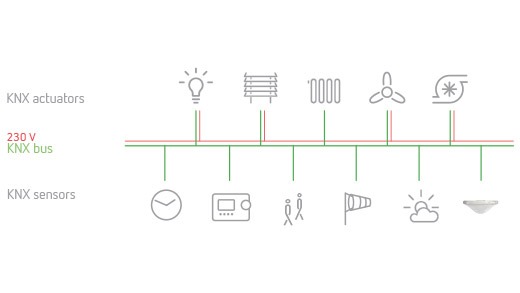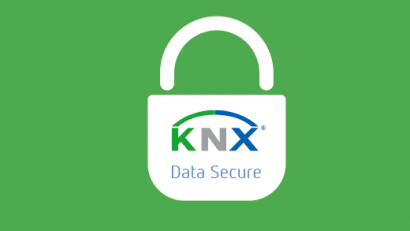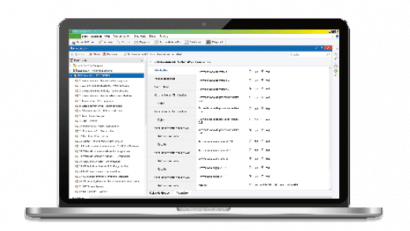KNX - simply more flexible and future-proof
What is KNX? A technology and its endless possibilities
Theben, KNX and the KNX Association - the fieldbus and its history
KNX stands for “Konnex” or “connectivity” (connection) and is a field bus for building automation. KNX emerged from the merger of the European organisations EIBA, EHSA and BCI, which aimed at a common standard for the fieldbuses existing at that time. Today, KNX is the global standard for home and building automation (ISO/IEC 14543). There are over 90,000 trained KNX partners in 190 countries worldwide. The guidelines of KNX technology are regulated and defined by the KNX Association, to which more than 495 companies worldwide belong today. KNX thus stands for extremely high investment security and is future proofed. Theben was one of the first companies to join the association and, as a member of the Executive Committee, actively influences the further development of KNX technology. Furthermore, we have also been a member of the KNX Technology Committee since 2015. In 2019, Theben was the first manufacturer to introduce KNX radio actuators according to the Data Secure standard. Theben – a competent partner in all matters relating to KNX systems.
More info at www.knx.org
KNX sensors and actuators: How everything interacts
KNX is like the body’s nervous system, which is equipped with sensors and actuators. Everything the sensors detect is sent to the actuators, as a command. The actuators trigger the desired response: they switch on the light when it gets too dark, they activate the heating when it gets too cold and they control the blinds, when the sun gets too bright. The topology is extremely versatile: line, tree, or star structures are possible.
KNX devices are connected to the KNX bus which in many cases is also the power supply to the device, for example presence detectors. While in conventional systems control and energy distribution are interconnected, KNX participants communicate using their own line network. The line network of a KNX installation is divided into sections, so-called lines, and structured hierarchically. The lines are logically and physically interconnected via line or area couplers. Each line can contain up to 256 participants. The maximum number of participants depends on the power supply used and the bus current consumption of the individual participants.
15 of these KNX lines make up one area. 15 areas can be linked with each other via an area line, the so-called “backbone”. Minus the system components, up to 58,384 KNX devices can be installed in one system.

ETS - the software for every KNX system
Secure! Thanks to KNX Data Secure



